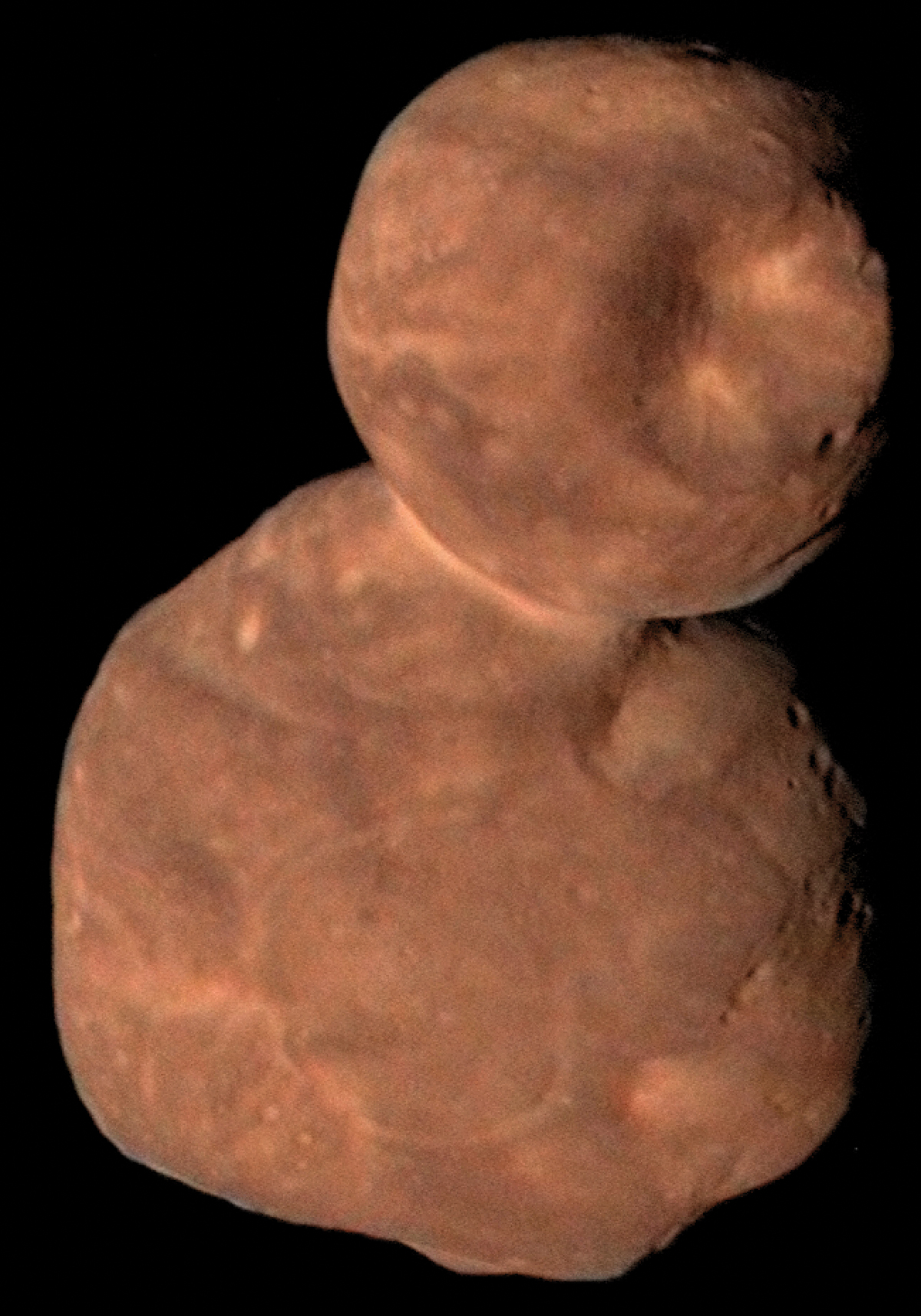Advertisement
Grab your lab coat. Let's get started
Welcome!
Welcome!
Create an account below to get 6 C&EN articles per month, receive newsletters and more - all free.
It seems this is your first time logging in online. Please enter the following information to continue.
As an ACS member you automatically get access to this site. All we need is few more details to create your reading experience.
Not you? Sign in with a different account.
Not you? Sign in with a different account.
ERROR 1
ERROR 1
ERROR 2
ERROR 2
ERROR 2
ERROR 2
ERROR 2
Password and Confirm password must match.
If you have an ACS member number, please enter it here so we can link this account to your membership. (optional)
ERROR 2
ACS values your privacy. By submitting your information, you are gaining access to C&EN and subscribing to our weekly newsletter. We use the information you provide to make your reading experience better, and we will never sell your data to third party members.
Physical Chemistry
Butadiene's Bonds
Influence of  -electron delocalization on C−C bond lengths is confirmed
-electron delocalization on C−C bond lengths is confirmed
by Stu Borman
June 5, 2006
| A version of this story appeared in
Volume 84, Issue 23

Combining theory and experiment, researchers have solved a long-standing problem by confirming the effects of  -electron delocalization on 1,3-butadiene bond lengths.
-electron delocalization on 1,3-butadiene bond lengths.
Organic chemistry texts use butadiene as a prototype for delocalization, which is the spreading of electron charge across neighboring bonds to improve molecular stability. The conventional wisdom is that delocalization causes butadiene's two carbon-carbon double bonds to be longer and its C−C single bond to be shorter than the corresponding bonds in electron-localized systems. But definitive structural evidence for this has been lacking.
Emeritus professor of chemistry and biochemistry Norman C. Craig of Oberlin College and coworkers have now confirmed these effects by using quantum chemistry and high-resolution infrared spectroscopy to determine, with unprecedented precision, bond lengths in the equilibrium structure of s-trans-butadiene (J. Phys. Chem. A, published online May 23, dx.doi.org/10.1021/jp060695b).
"Traditional methods of finding structures of small organic molecules give structures that are fuzzy," with bond lengths precise to about 0.01 Å, Craig says. By combining theory and experiment, he and his coworkers determined equilibrium bond lengths good to 0.001 Å. The data confirm that delocalization stretches butadiene's C=C bonds by 0.008 Å and squishes its C−C bond by 0.016 Å.
The theory-experiment combination that Craig and coworkers apply "has seen increasing use in recent years," comments professor of chemistry and biochemistry John F. Stanton of the University of Texas, Austin. The new study "has important implications in areas of physical organic chemistry, such as conjugation and bond alternation."
Robert L. Kuczkowski, professor emeritus of chemistry at the University of Michigan, agrees that the methodology has been used on other systems, "but probably none is as broadly interesting to the chemistry community as this example," he says.




Join the conversation
Contact the reporter
Submit a Letter to the Editor for publication
Engage with us on Twitter